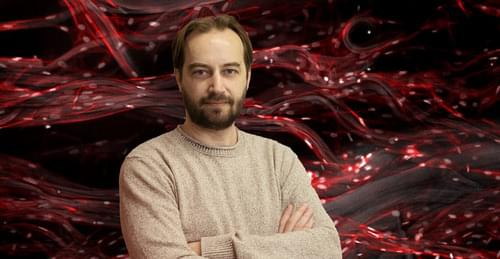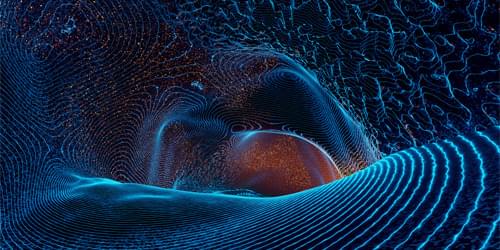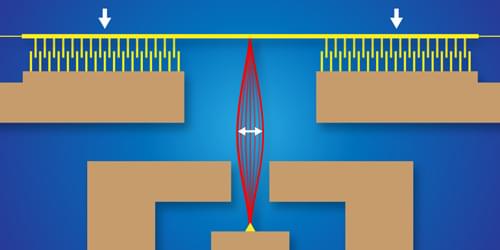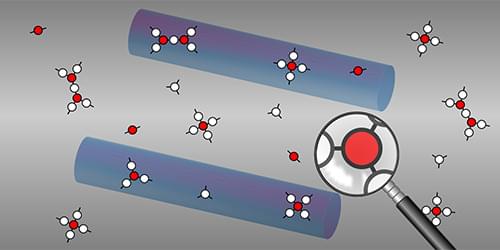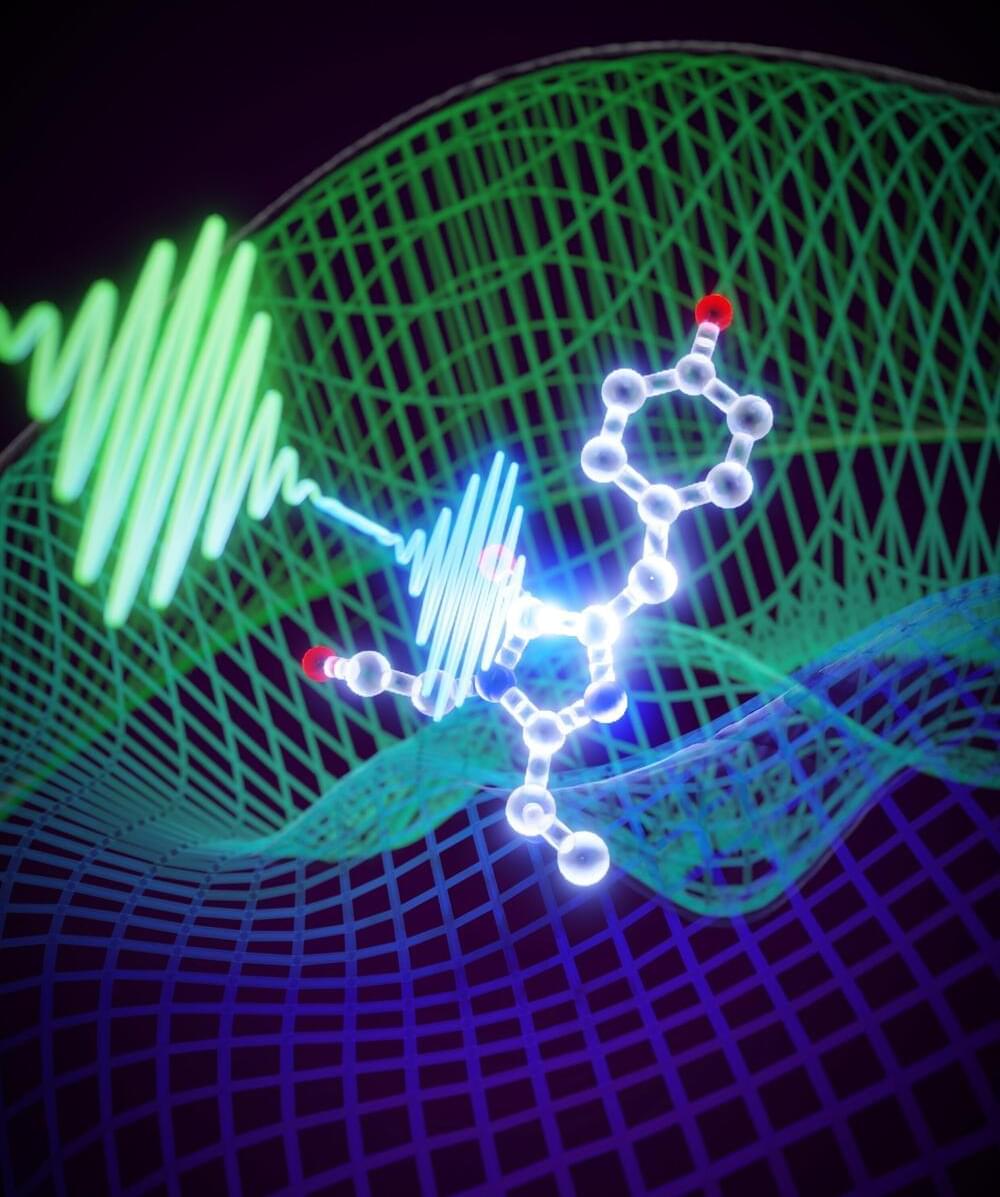Physicist Luke MacQueen combines tissue engineering with stem cell technologies to produce synthetic meat whose texture mimics that of natural meat.
Winston Churchill—the well-known wartime leader and lesser-known Nobel Laureate in Literature—published an essay in 1931 in The Strand Magazine in which he imagined the future “Fifty Years Hence.” Many of his predictions turned out to be prophetic—wireless telephones, television, and nuclear power—while others read like science fiction. But one of his futuristic ideas—growing meat in a lab—may just be a few years away, if Luke MacQueen of Harvard University has his way.
